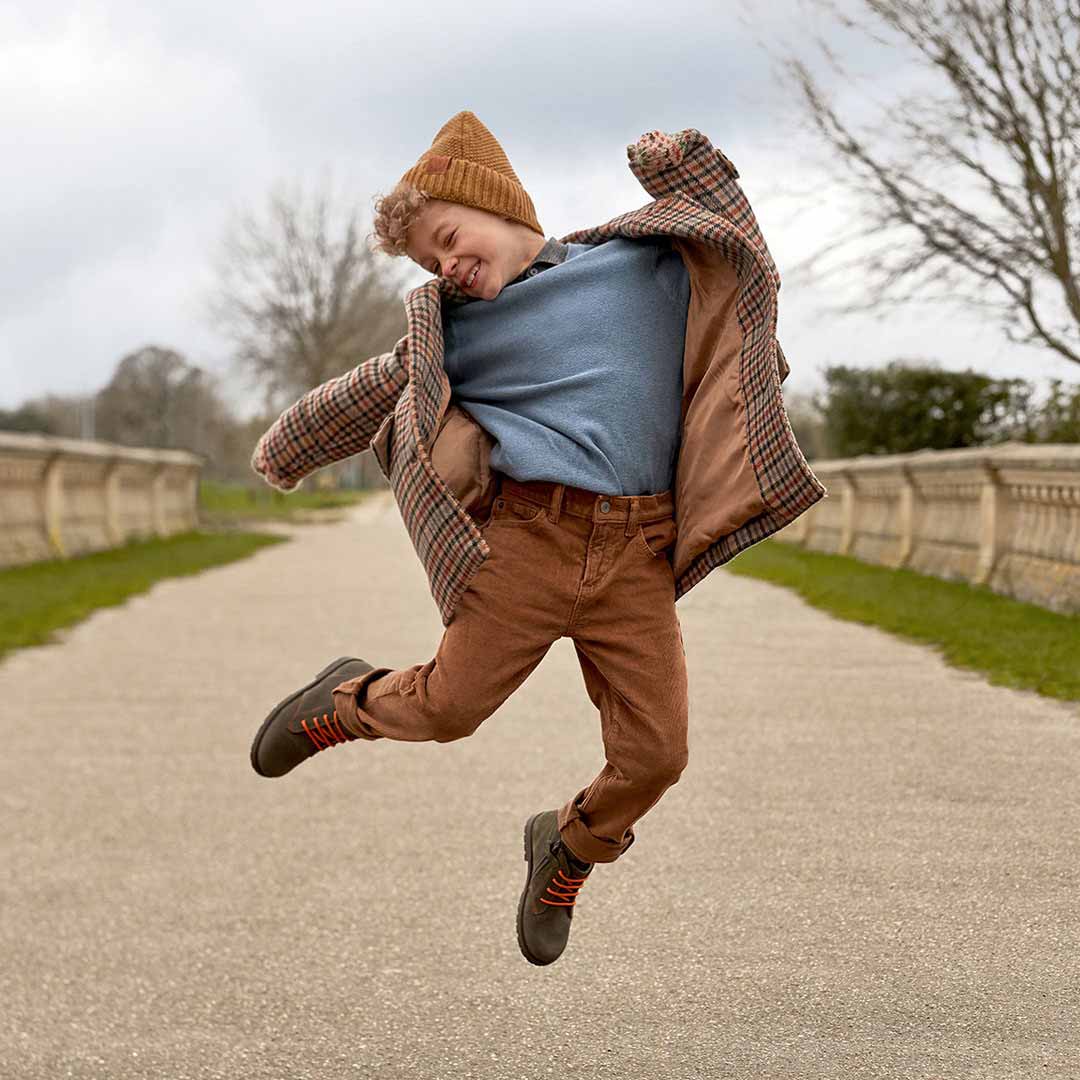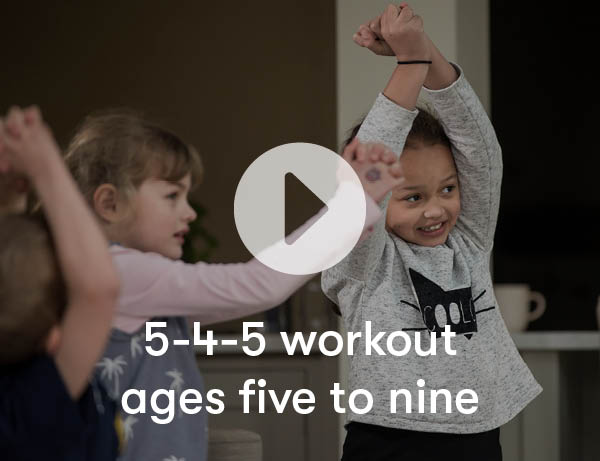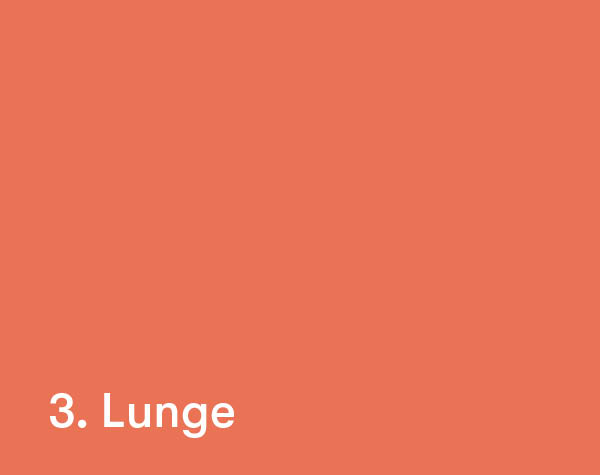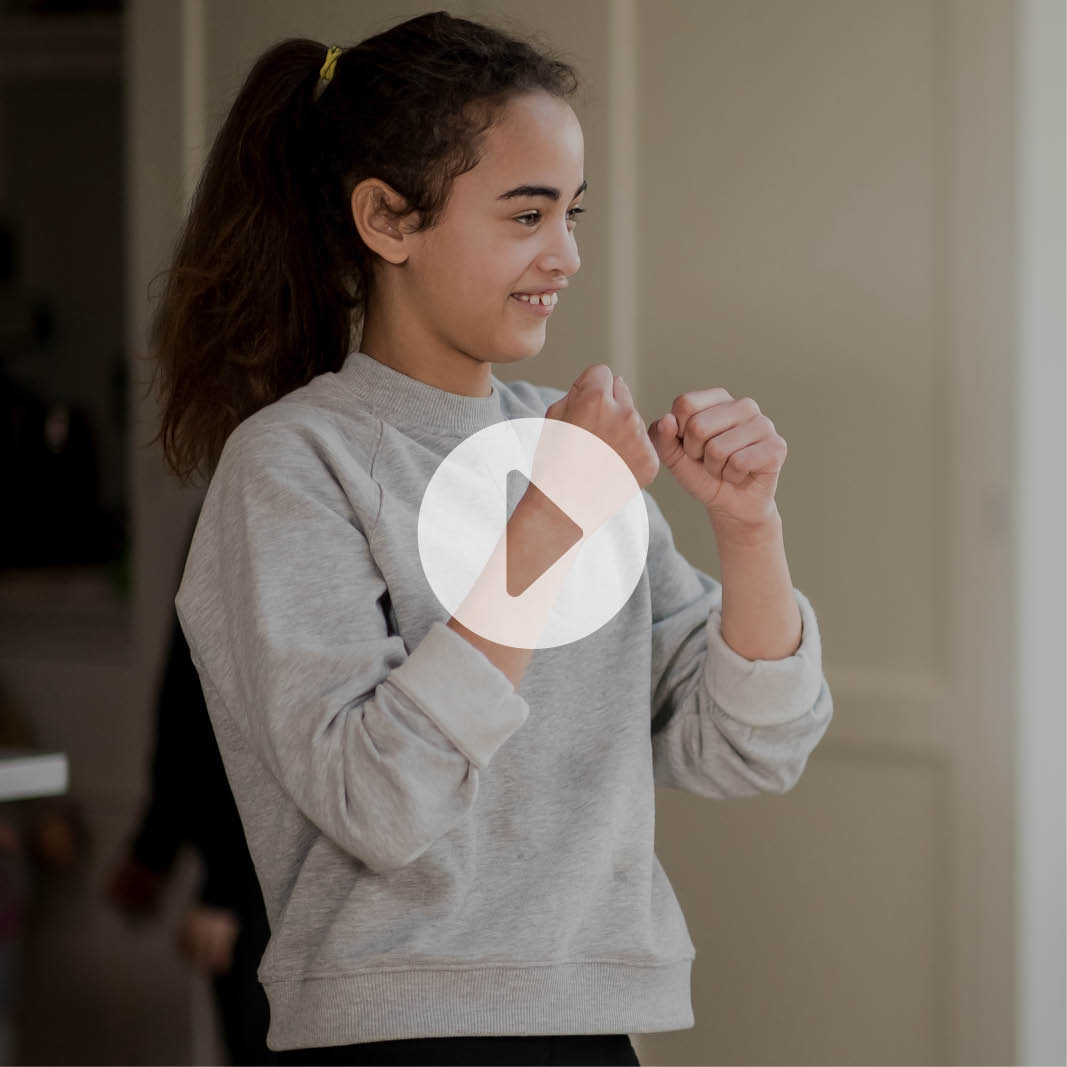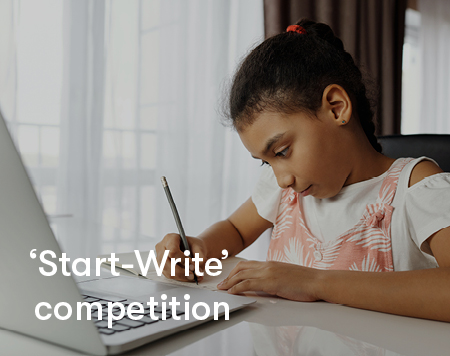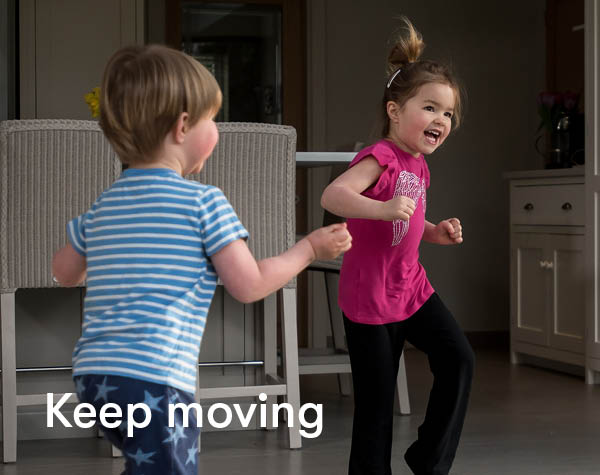Keeping your child active at home
We all know that staying active is great for our bodies and our minds. This is true at any age but it is especially important for children as they grow and discover the world around them.
In our survey of children aged 7 to 11, we found that 65 percent of children wanted to do more exercise with their parents. We want to help families find new ways to make sure everyone gets the exercise they need.
Jump to:


